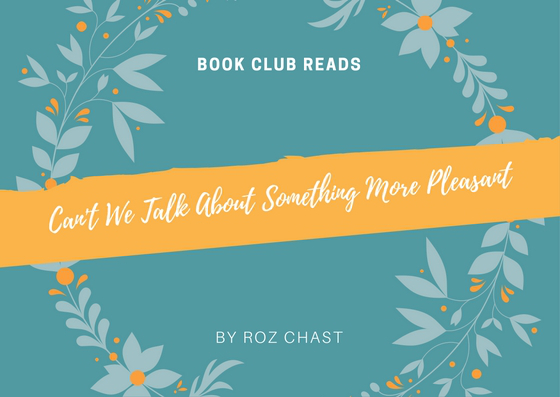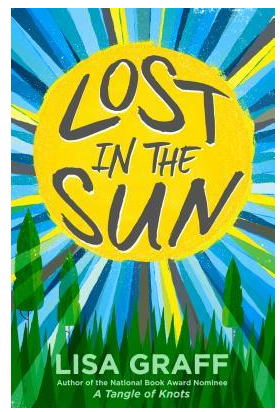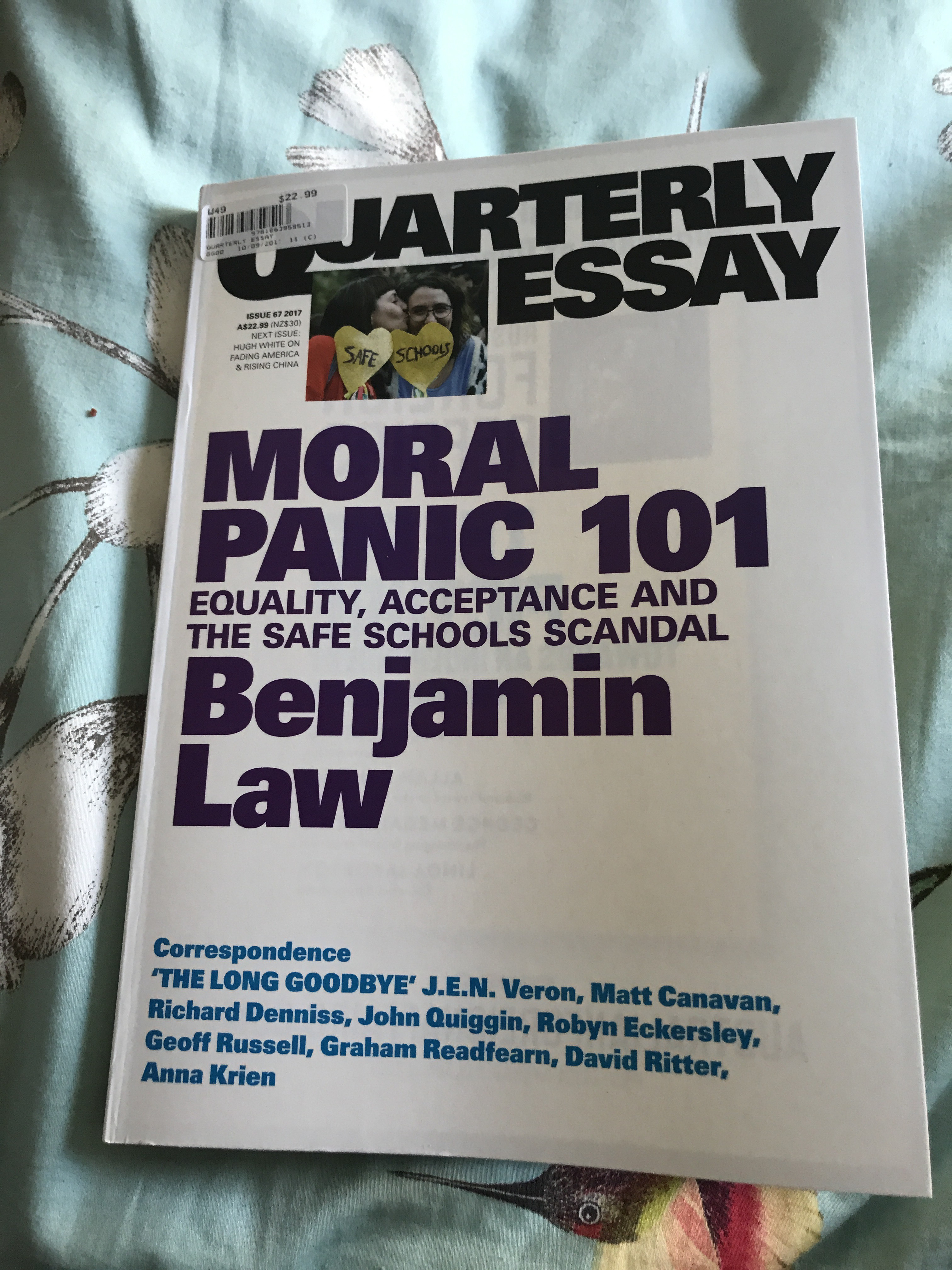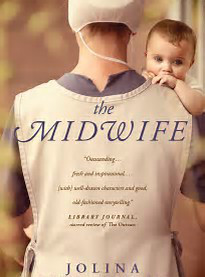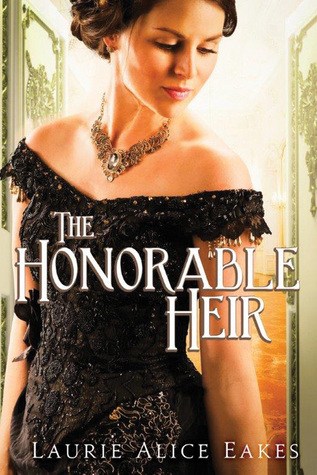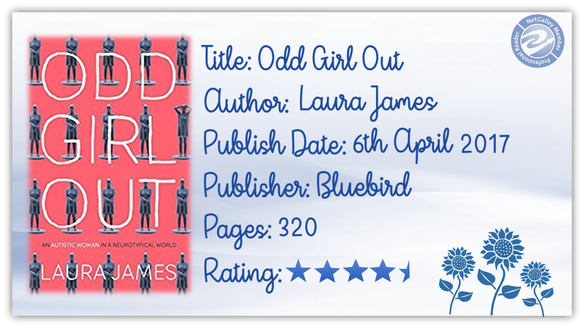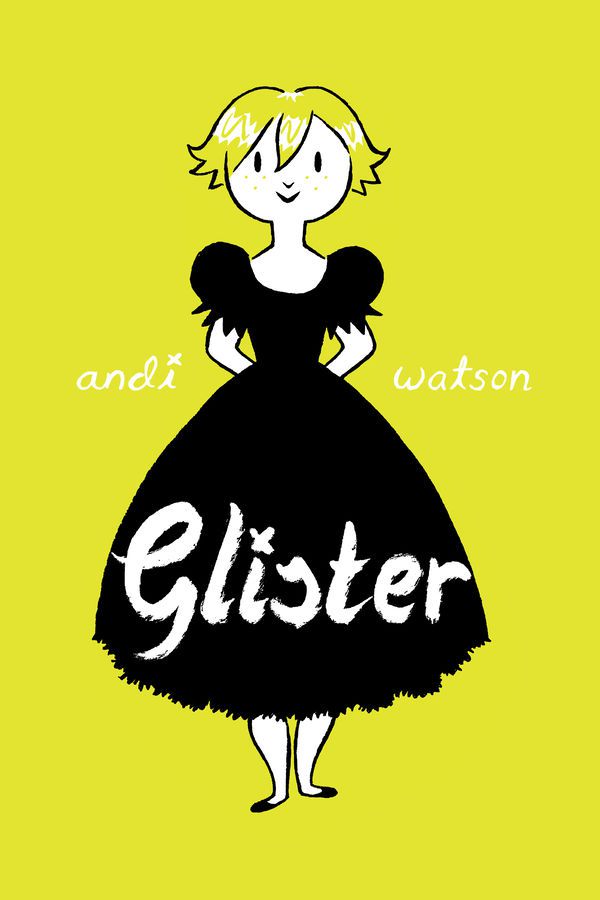Download links for: Masterminds and Wingmen: Helping Our Boys Cope with Schoolyard Power, Locker-Room Tests, Girlfriends, and the New Rules of Boy World


Reviews (see all)
Write review
Moms and Dads of boys MUST read this. It will change the way you think about parenting your boy.
A great source for any parent or teacher of boys. Very readable and full of great information.
Excellent. So much to think about as my boys get older!
There s some good points. Good as a reference.
Other books by Middle Grade & Children's
Other books by Rosalind Wiseman
Related articles

